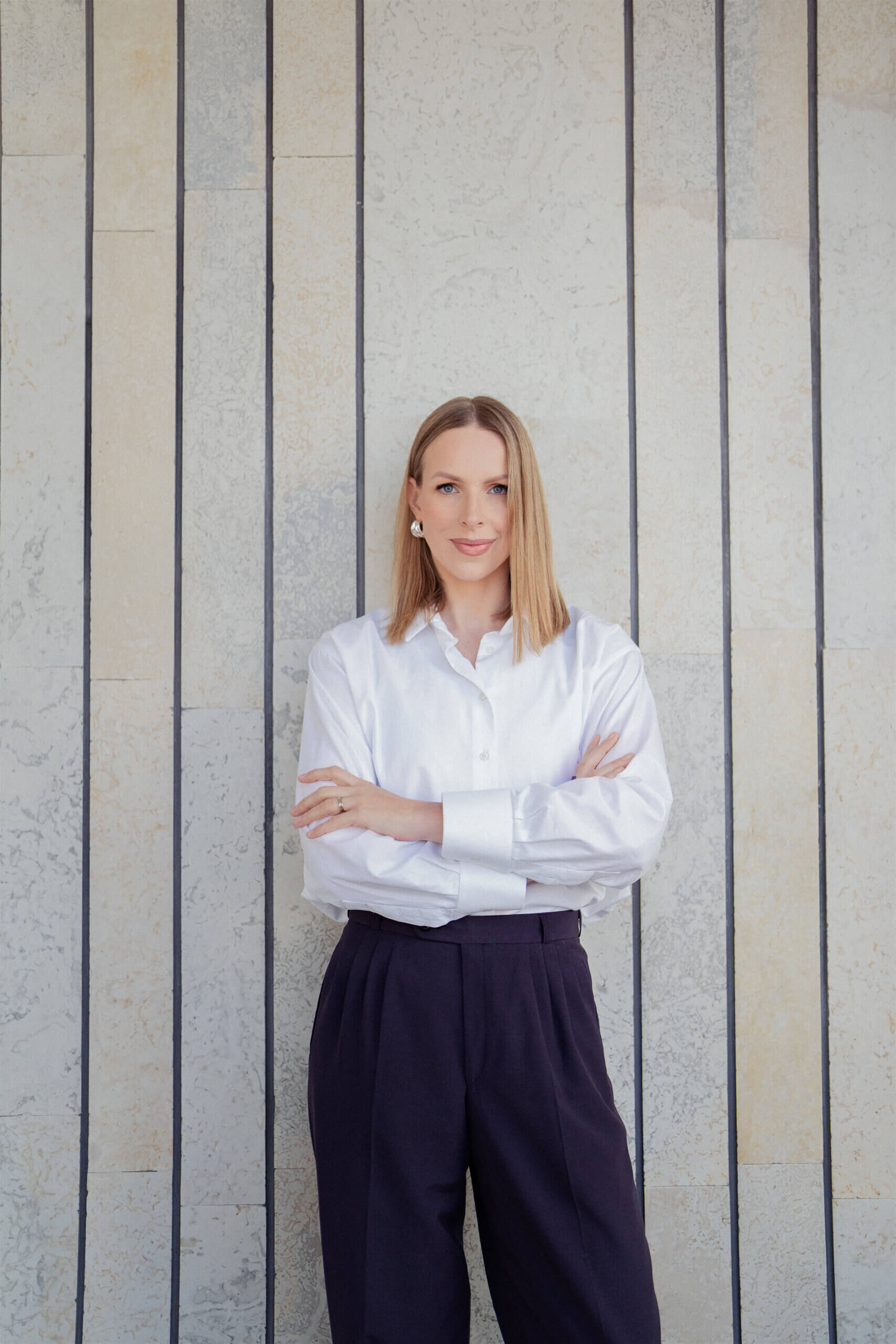Over time, many of us figured it out. We learned to express ourselves through authentic stories, professional insights, and little moments of proof that what we do matters. It was a beautiful time. Every social feed felt alive with creativity and real human energy.
But then something changed: as AI flooded our feeds, the excitement faded, and everything began to feel somewhat artificial.
Personal branding begins with you
Personal branding is still often mistakenly seen as simply posting on social media, especially on LinkedIn. Many people think, “I post, therefore I’m building my personal brand.” That’s only partly true. Strategic personal branding doesn’t start with content creation. It starts with defining your goals, your audience, your character, and your credibility.
These four elements form what I call personal brand positioning. Once that is clear, the next step is implementation. You choose your channels, outline your content directions and formats, identify the contacts who contribute to your brand building and their involvement, ensure consistency, and finally, confirmation. Together, these ten elements make up the 10C model of personal branding, a concept I created in 2019.
Personal branding truly begins with understanding why we need and want to build it and with clearly defining who we are, not just creating content for likes and comments. Likes and engagement metrics are great, but they are not necessarily a sign that your personal branding is helping you reach your goals. Personal branding that starts with clarity, not content, always lasts longer.
How AI helps us build personal brands
With the rise of AI, many people said, “Now it’s my time to build a personal brand.” And they were right. AI has made the process easier in several ways.
a) Time saving. For those already creating content, AI helps with quick fixes like grammar or style. For full transparency, this article was also refined with the help of a “please improve grammar” prompt.
b) Idea generation. For those struggling to come up with ideas, AI can be a great partner. It can generate hundreds of suggestions, but only if we know how to ask the right questions. Try saving your LinkedIn profile as a PDF, uploading it to ChatGPT or another tool, and asking for content directions or topic ideas.
c) Validation. In the past, friends or family would review our posts and say, “Looks good!” Now, AI can do that too. Whether we trust its judgment is up to us.
These are the main ways AI helps, but not the only ones. It can also do research, analyze your presence, suggest who to connect with, and give feedback. The opportunities are endless. So where do the risks appear?
How AI has not been helping us build our personal brands
AI has made content creation easier, but it also changed how that content feels. We see more people posting about their expertise, daily life, and experiences. Yet much of it now feels a bit… artificial.
a) Too polished. Our content has become very correct. Sometimes too correct. When I see perfectly placed commas or identical paragraph patterns, I can tell some lifting was done. And that is when authenticity disappears, most of the time.
b) Too expert. Suddenly, everyone sounds like an expert. Educational posts everywhere. It is great to share knowledge, but would the same person talk like that face-to-face?
c) Too similar. Sentence structures, bullet lists, and examples. They all start to look and sound the same. No personality. No spark. It is hard to see the real person behind the polished post.
The list could go on, but the message is clear. AI has not only made things easier. It has also made it easier to lose our authenticity.
How to find the balance
If one single recipe existed, everyone would already have a personal brand that helps them reach their goals. But there is no single recipe, only a few things worth keeping in mind.
a) Think of your strategic positioning first, create content later. Yes, AI allows us to produce a lot, but does all of it really reflect who we are? Define your keywords, goals, and audience, and only then move on to content directions and implementation.
b) Use real stories and examples from your life. There is nothing wrong with getting your post polished for grammar or style, but your stories have to be real to sound interesting.
c) Keep training your creative muscle. AI saves time, but when we rely on it too much, we are not training creativity, we are training technical skills. And those do not help in building an authentic personal brand. Creativity, not convenience, is what keeps it real.
Having said all that, AI is great, but humans are greater. With the help of AI, that greatness can even double. To achieve that effect, when creating our personal brands, I suggest using AI as our co-pilot, not as the pilot. Because at the end of the day, each of us is the pilot of our own personal brand. The real question is, how do we use AI to amplify our voice without losing it?




